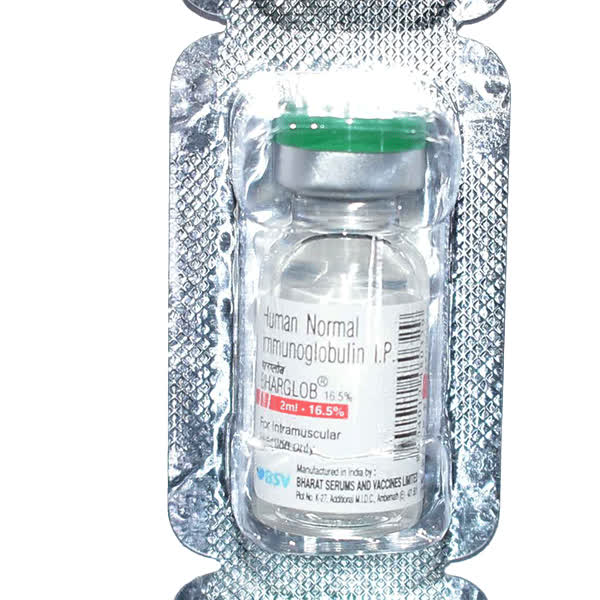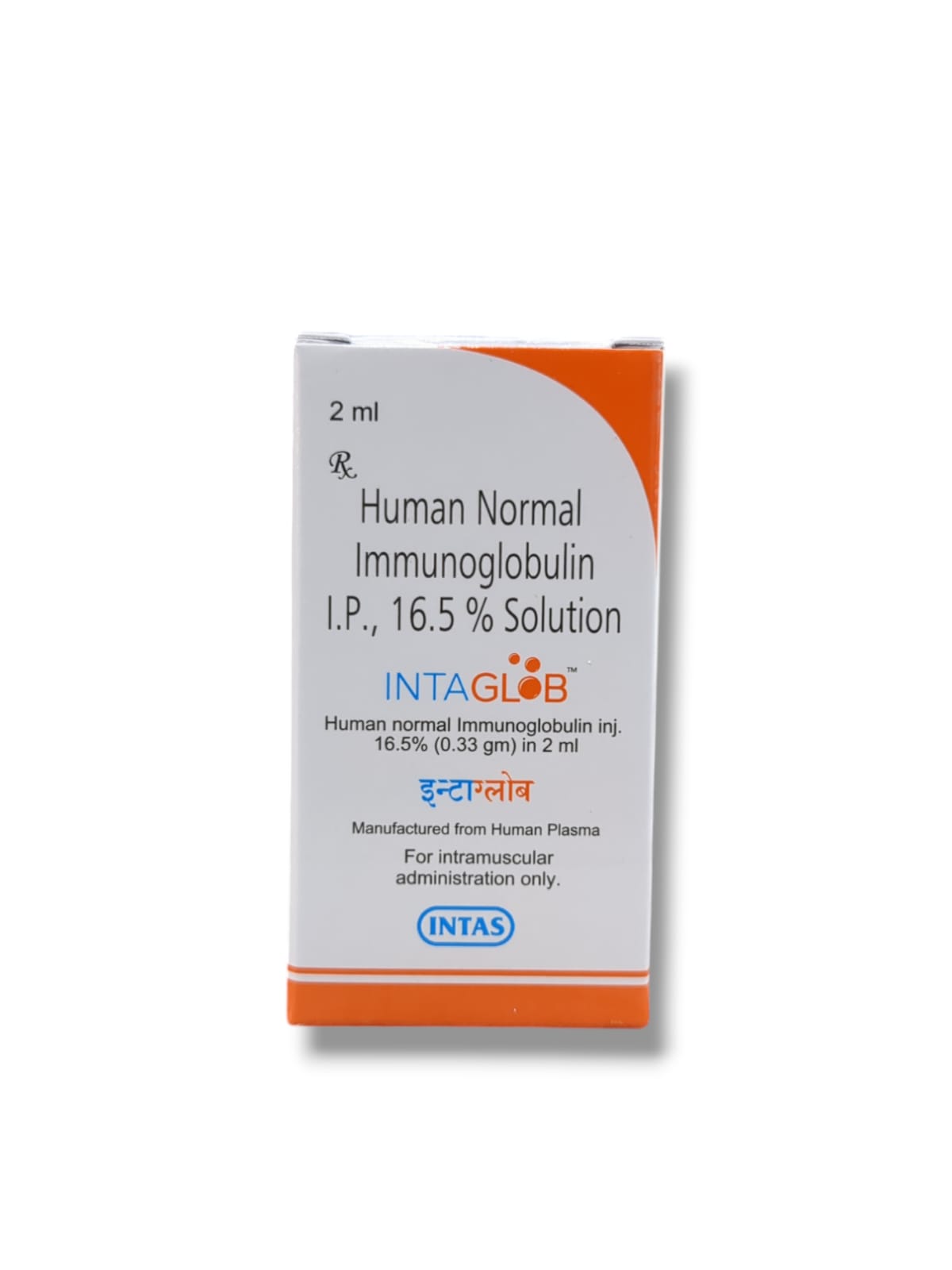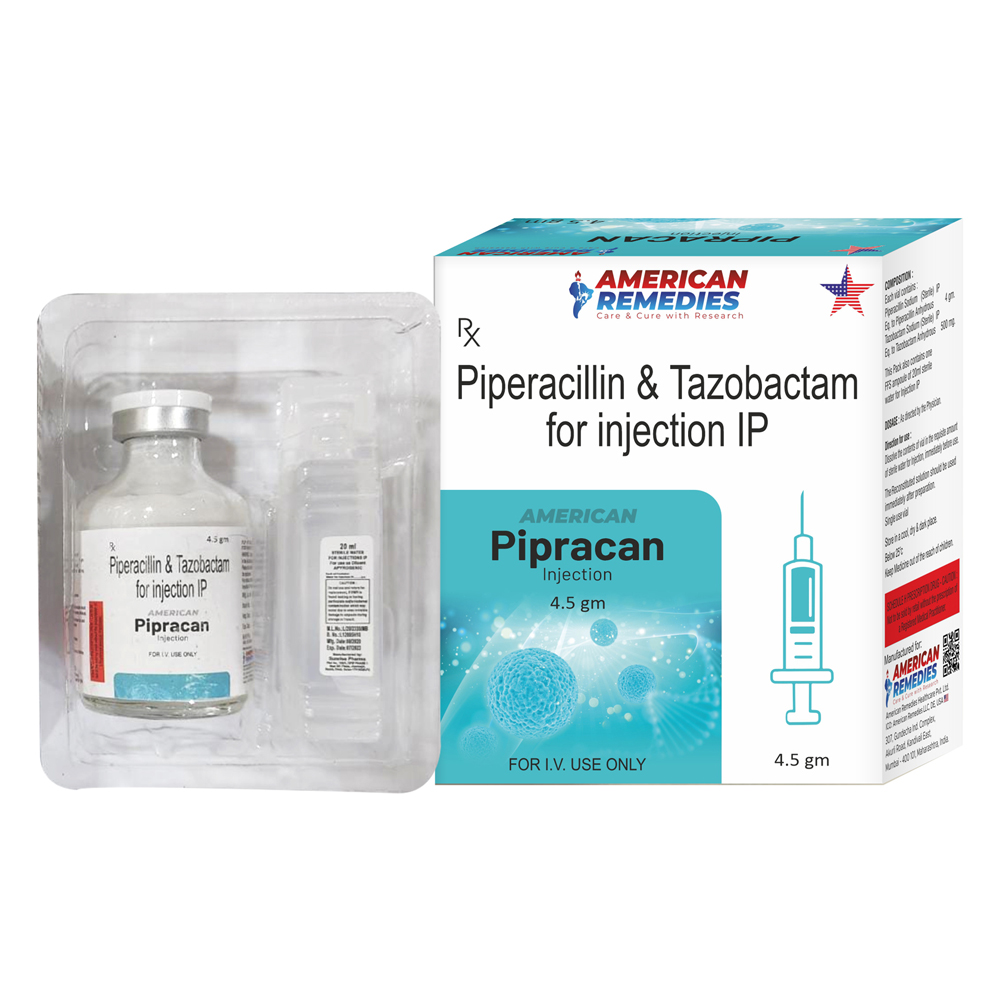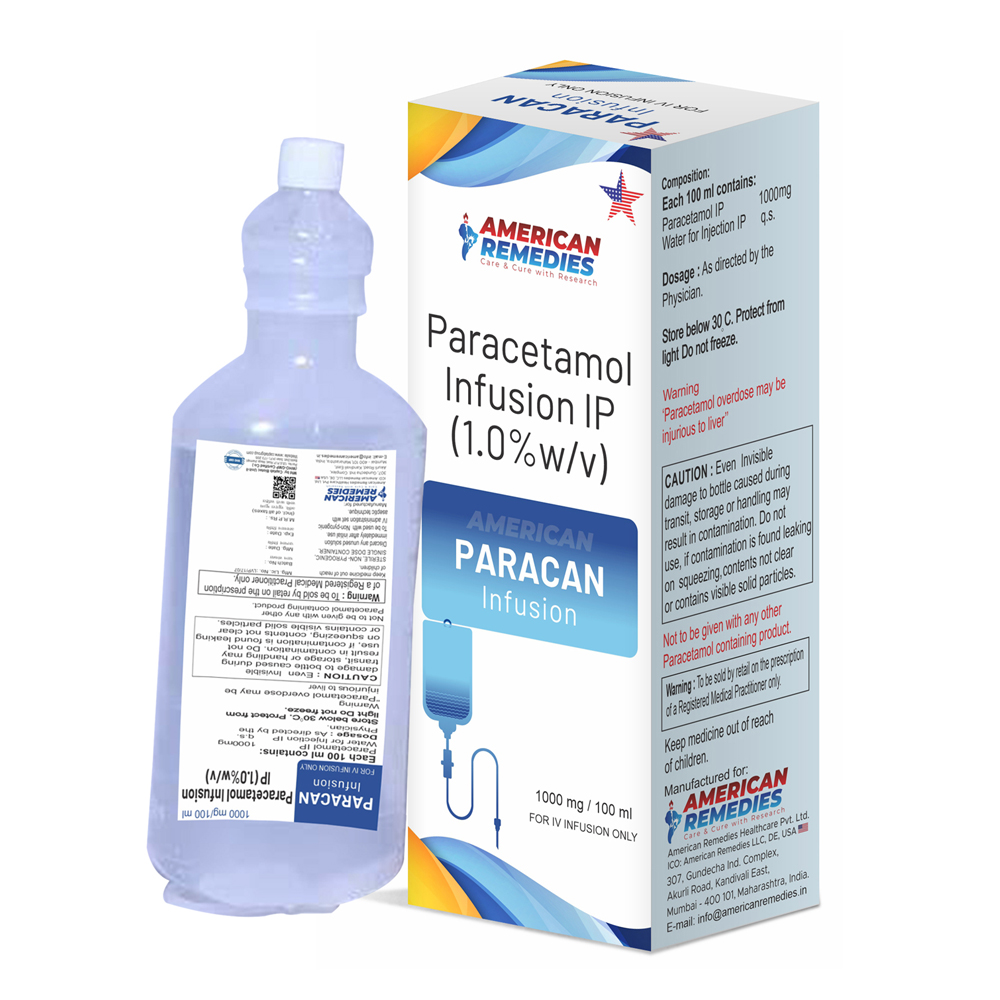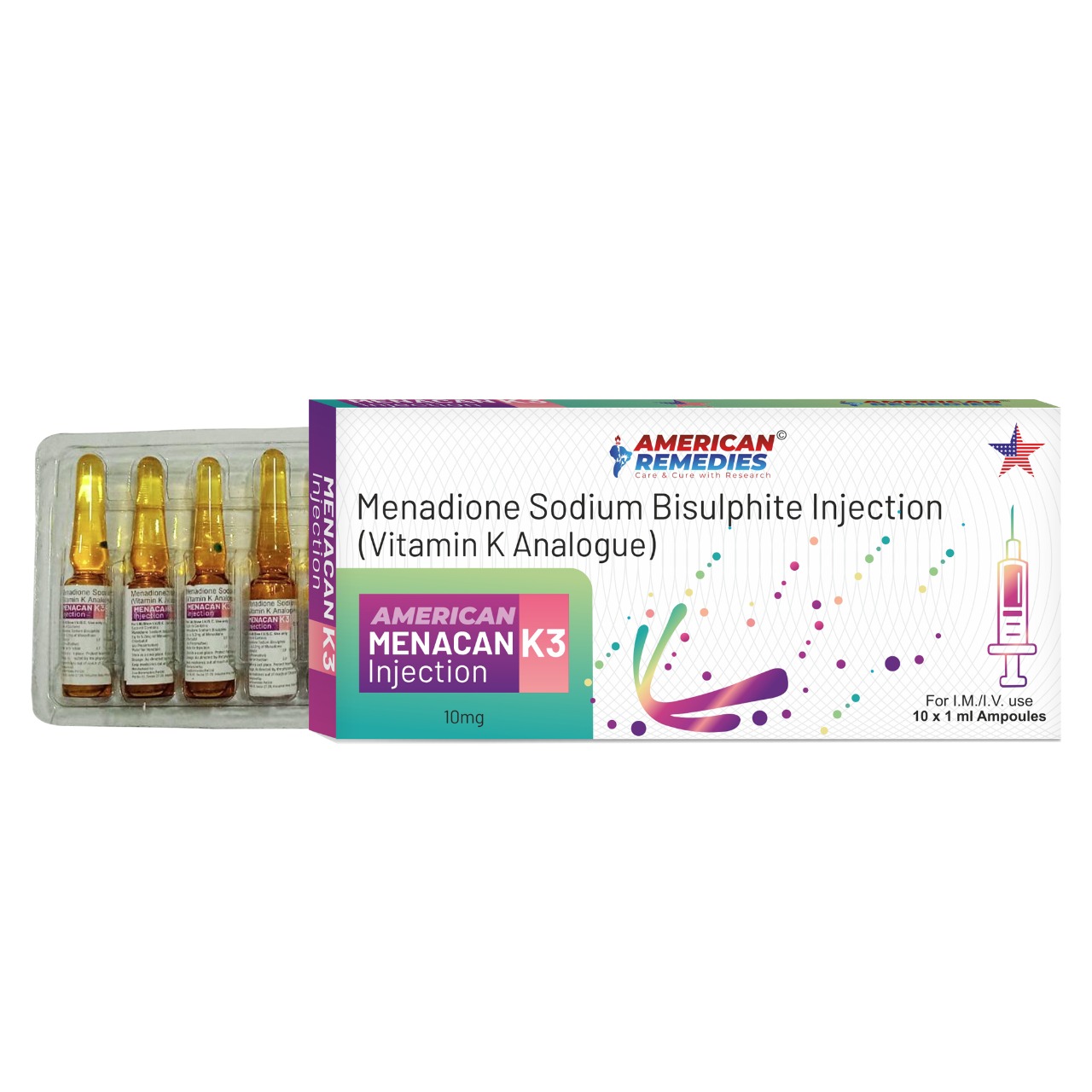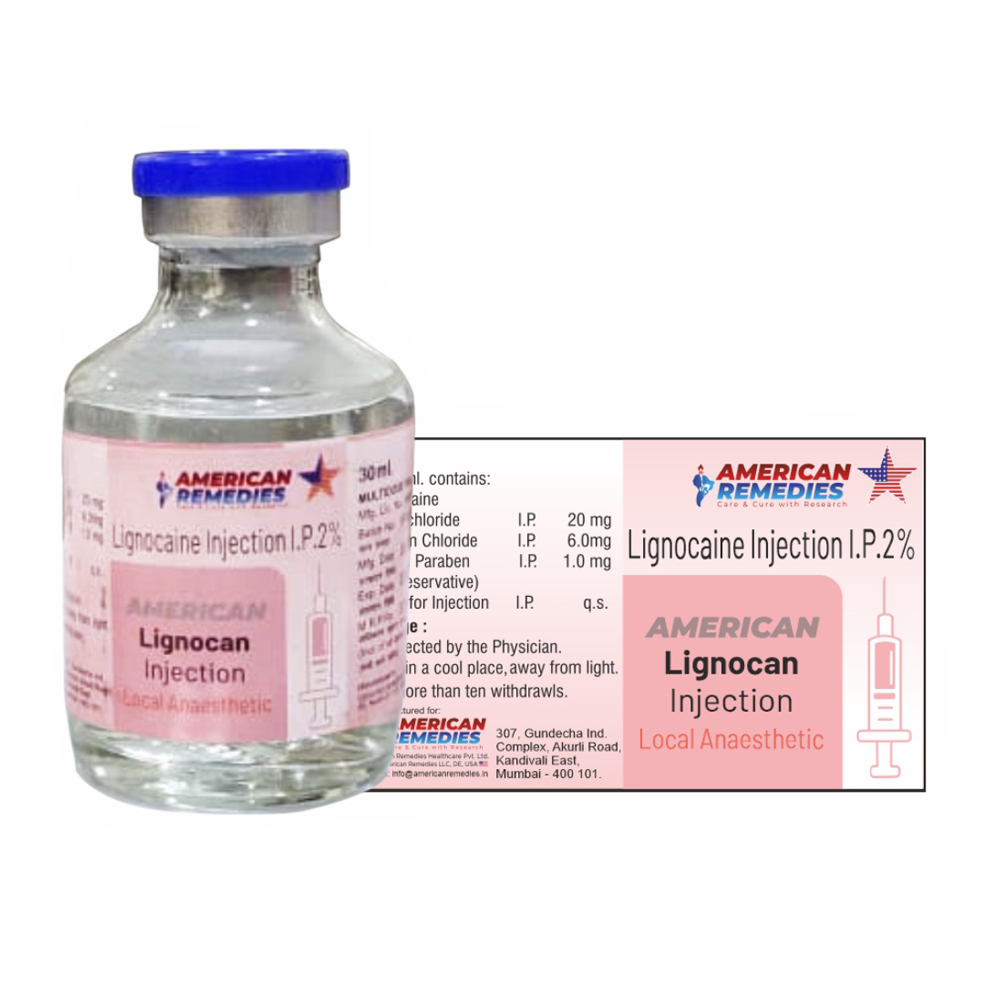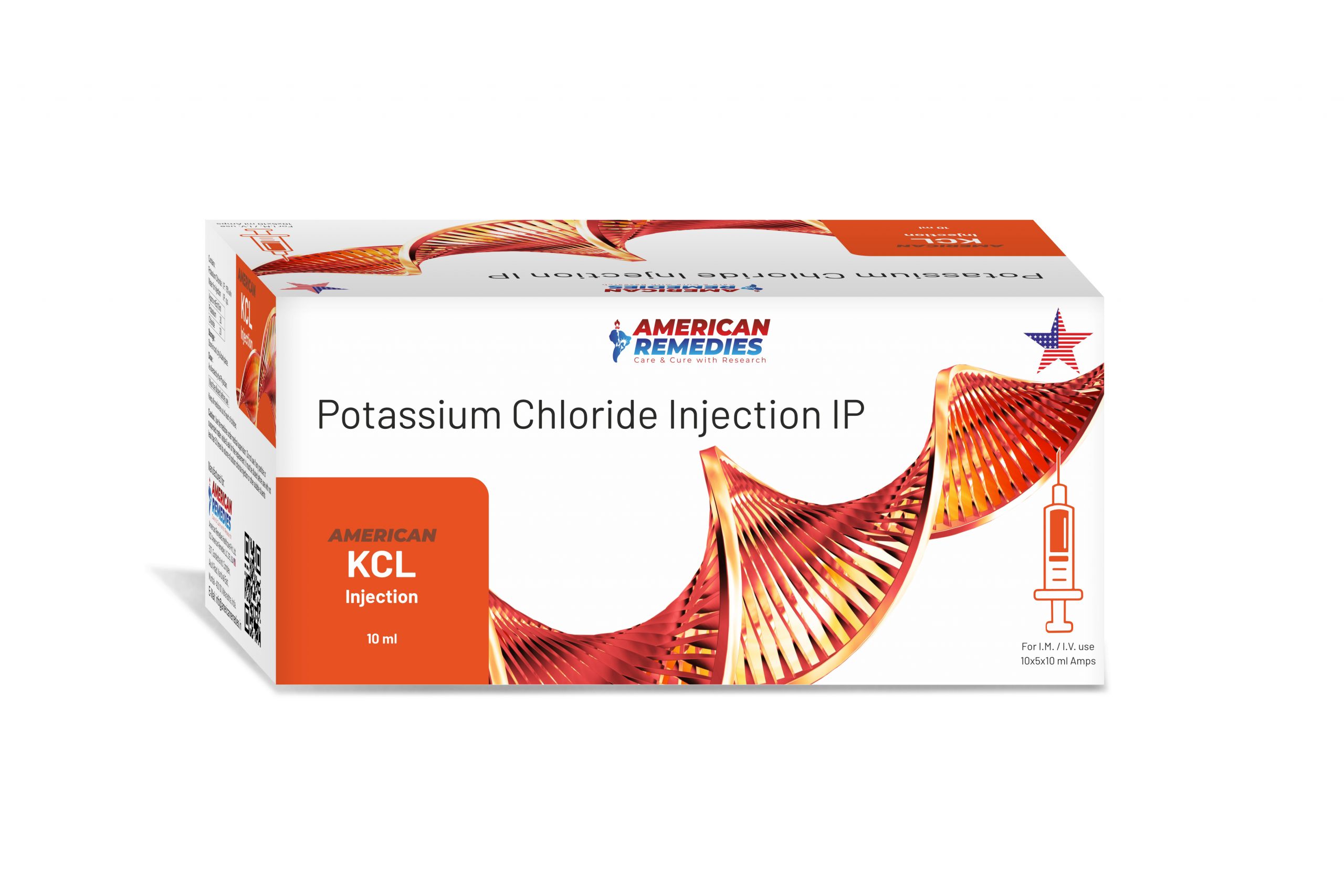Bharglob 16.5% Injection is used to strengthen the body's natural immune system to lower the risk of infection in persons with weakened immune system. It is made from healthy human blood that has a high level of certain defensive substances (antibodies), which help fight infections. Bharglob 16.5% Injection has been shown to be effective in preventing infections in bone marrow transplant patients more than 20 years of age in the first 100 days post-transplant. It is used in the treatment of patients where antibody-forming capacity is severely impaired thereby subjecting them to a greater risk of infections. Bharglob 16.5% Injection gives you antibodies that your body is not making on its own so you can fight infections. Both children and adults can have this therapy. It is administered as an injection. Your doctor will monitor you for some time after the administration of Bharglob 16.5% Injection to check for any side effects. Bharglob 16.5% Injection may sometimes cause side effects like jnjection site reactions such as swelling, redness, pain, induration, itching, bruising, and rash and flushing (sense of warmth in the face, ears, neck, and trunk), . If you get any of these, or other side effects, or just feel unwell, you should tell your doctor. There may be ways of preventing or reducing these effects.
Send Message